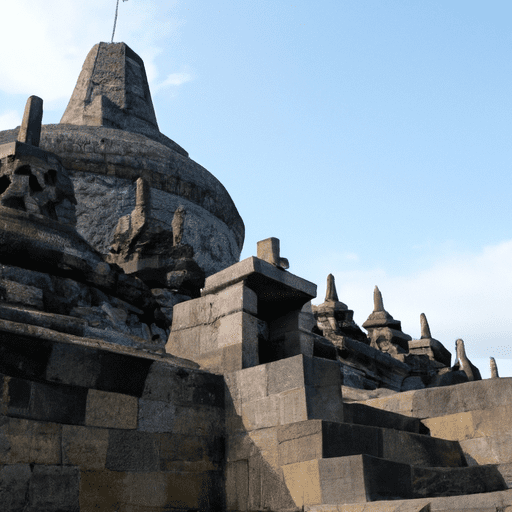Borobudur Temple, located in Central Java, Indonesia, is one of the most iconic Buddhist temples in the world. Every year, millions of visitors come to this UNESCO World Heritage Site to witness its grandeur and spirituality. However, starting from January 1st, 2021, the temple authorities have revised their entrance fee policy, which has caused some concern among locals and tourists alike.
Previously, the entrance fee for Borobudur Temple was IDR 325,000 (about $23 USD) for foreign tourists, IDR 190,000 (about $13 USD) for domestic tourists, and IDR 30,000 (about $2 USD) for local visitors. But now, the new entrance fees are IDR 500,000 (about $35 USD) for foreign tourists, IDR 350,000 (about $25 USD) for domestic tourists, and IDR 25,000 (about $1.5 USD) for local visitors.
Tourists who planned their trips ahead of time were taken aback by the sudden price hike, as it could be an unexpected budget buster for many. That said, the increased revenue generated from the entrance fees can be used to maintain the temple and its surrounding areas properly. The temple has a steady inflow of visitors, but it costs a lot to maintain it. With the additional funds, the temple’s conservation efforts can be further strengthened, which will help protect the temple for future generations.
For locals, the new entrance fees are significantly lower than before, which is an excellent move by the temple authorities to encourage more Indonesian locals to visit the site. Borobudur Temple is, after all, an essential part of Indonesian heritage and culture. By making the temple more affordable for locals, the authorities are ensuring that Indonesians can learn more about their country’s history and continue to take pride in their cultural heritage.
It’s also worth noting that despite the new entrance fee policy, Borobudur Temple remains a must-visit destination for anyone visiting Indonesia. The temple, which is over 1,000 years old, is an architectural wonder, with detailed stone carvings and colossal Buddha statues. It’s an unforgettable experience to watch the sunrise from the temple and see the mist slowly unveil the temple’s intricate designs.
In summary, the Borobudur Temple entrance fee update may have caught some people by surprise, but the increased revenue can support the temple’s conservation efforts, while the lower fees for Indonesian nationals can encourage local visitors to appreciate and learn more about their country’s cultural heritage. Ultimately, it’s a move towards protecting and preserving the site for future generations, which is a shared responsibility of everyone who loves and appreciates Borobudur Temple.
